Unlocking the Secrets of Coal: A Comprehensive Guide
Table of Contents
- Australian coal miners recapitalise, eye BHP assets and other M&A ...
- Visual Capitalist on LinkedIn: #coal #energy #fossilfuel #renewableenergy
- What to consider when doing your Coal Due Diligence - Landmark ...
- Coal Will Walk A Ledge in 2017 - Scientific American
- Coal as a fossil fuel stock photo. Image of fuel, mineral - 206790192
- globalEDGE Blog: Fossil Fuels: The Future of Oil, Coal and Natural Gas ...
- Coal Pension Trustees hires Unilever CIO | News | IPE
- Chandra Prabhu International Limited
- Coal - water, effects, environmental, pollutants, United States, types ...
- Importing Coal: China's Fossil Fuel Fixation - Yondun LTD - Thermal ...
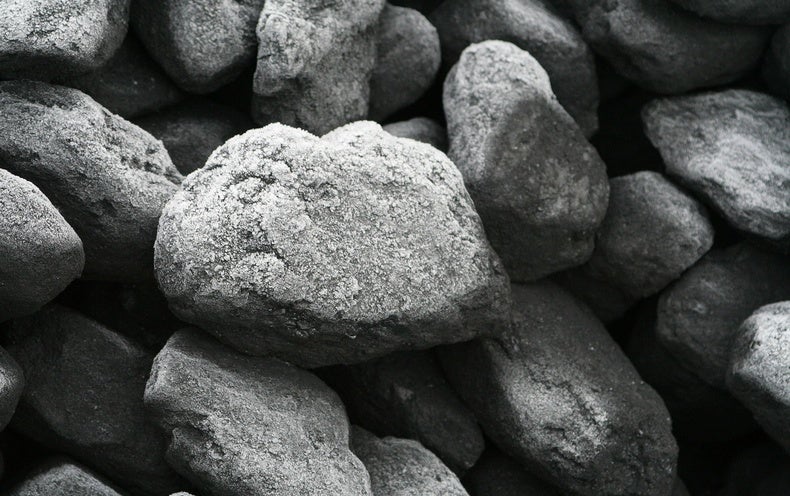
Coal, a fossil fuel that has been a cornerstone of human civilization for centuries, is a complex and fascinating substance. As one of the most abundant energy sources on the planet, coal has played a vital role in shaping the world as we know it today. In this article, we will delve into the world of coal, exploring its definition, composition, types, and significance, as outlined by the U.S. Geological Survey (USGS).
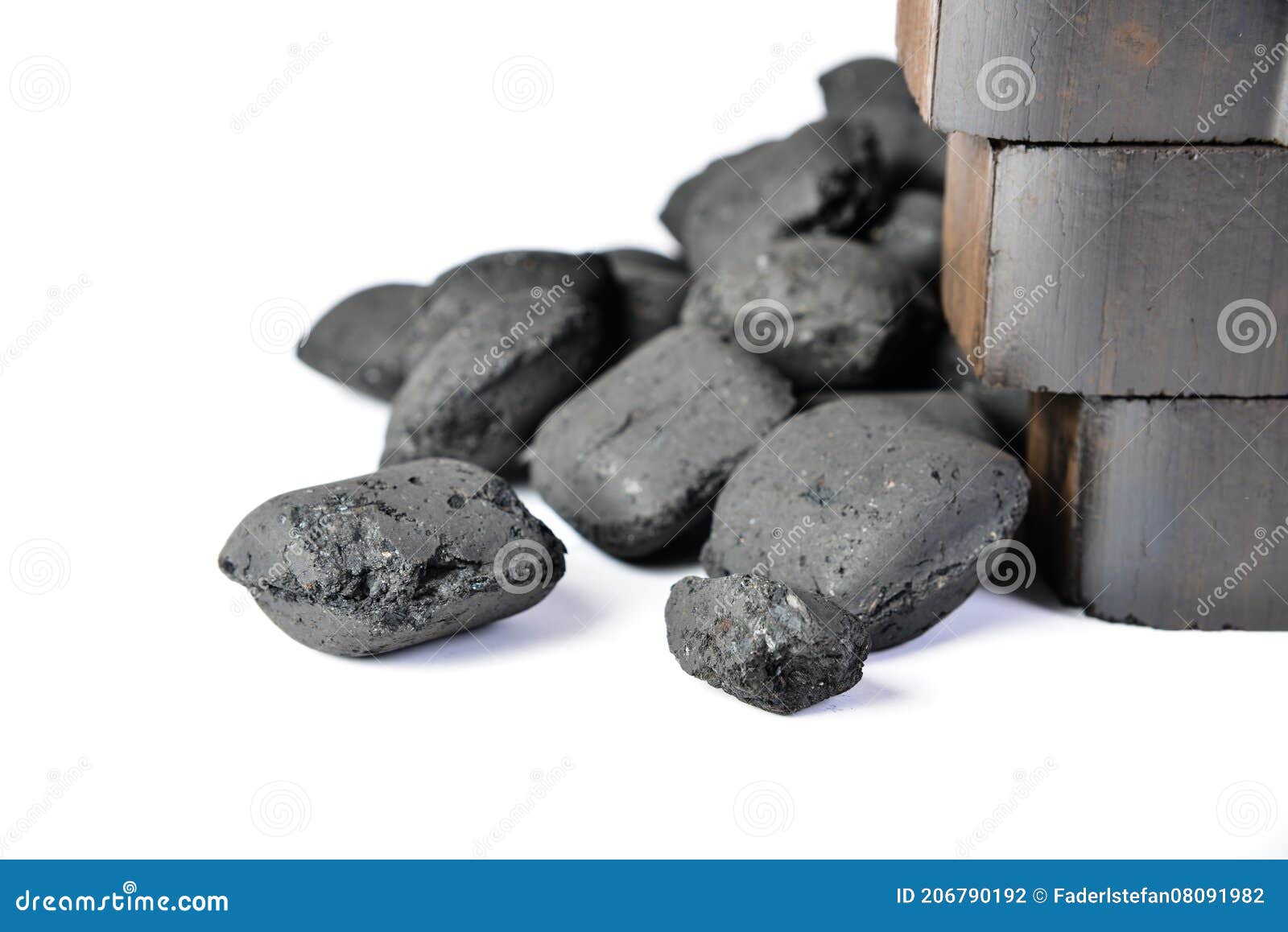
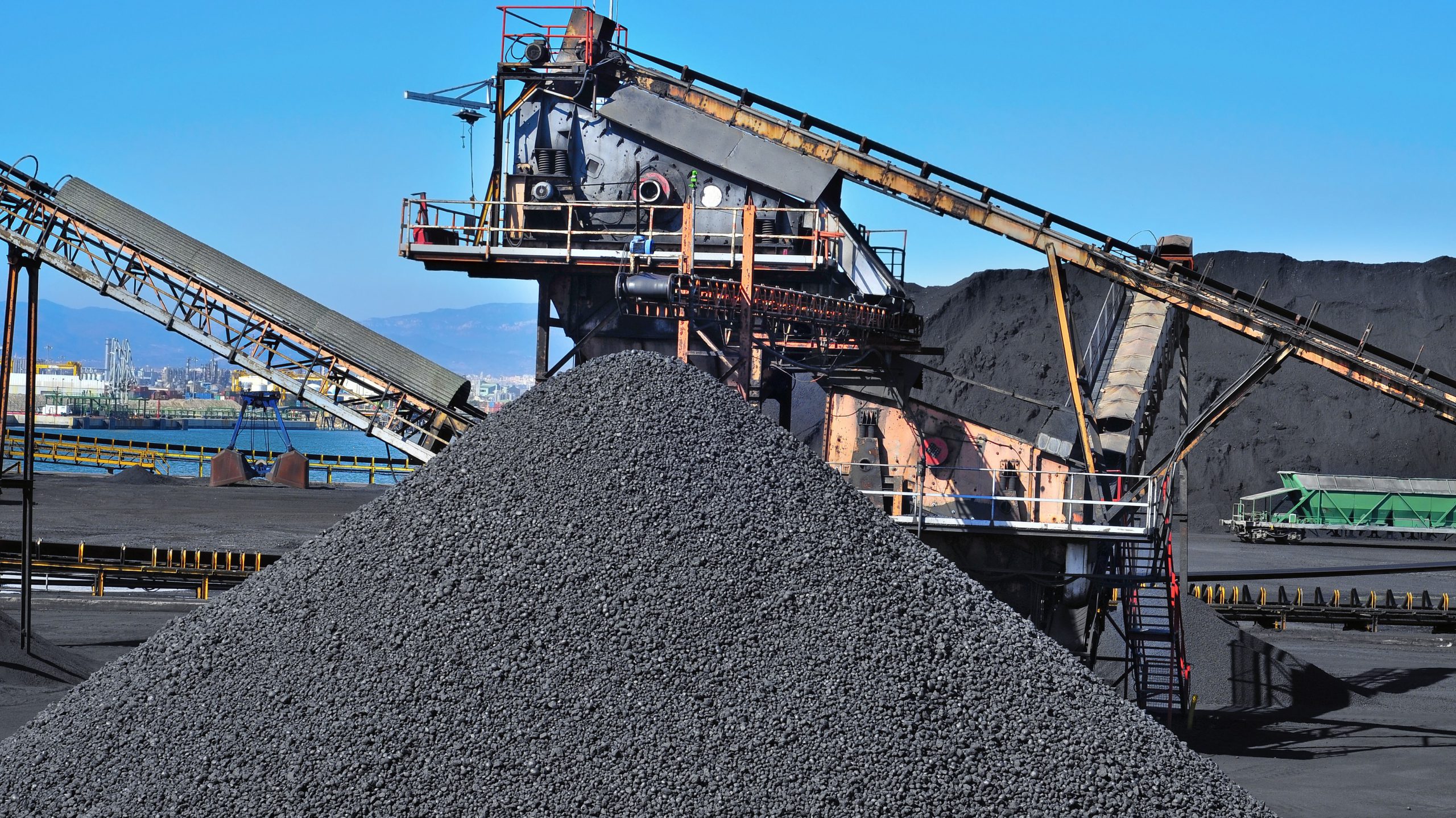
What is Coal?

Coal is a black or brownish-black sedimentary rock that is composed primarily of carbon, along with various other elements such as hydrogen, oxygen, nitrogen, and sulfur. It is formed from the remains of plants that have been buried for millions of years, subjected to high temperatures and pressures, and transformed into a carbon-rich substance. According to the USGS, coal is classified into four main types: lignite, subbituminous, bituminous, and anthracite, each with its unique characteristics and uses.
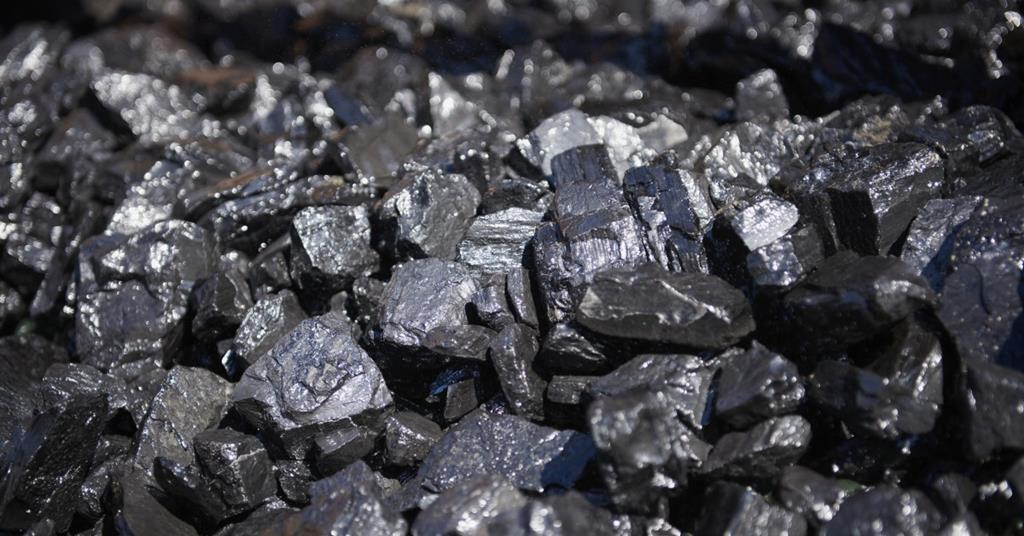
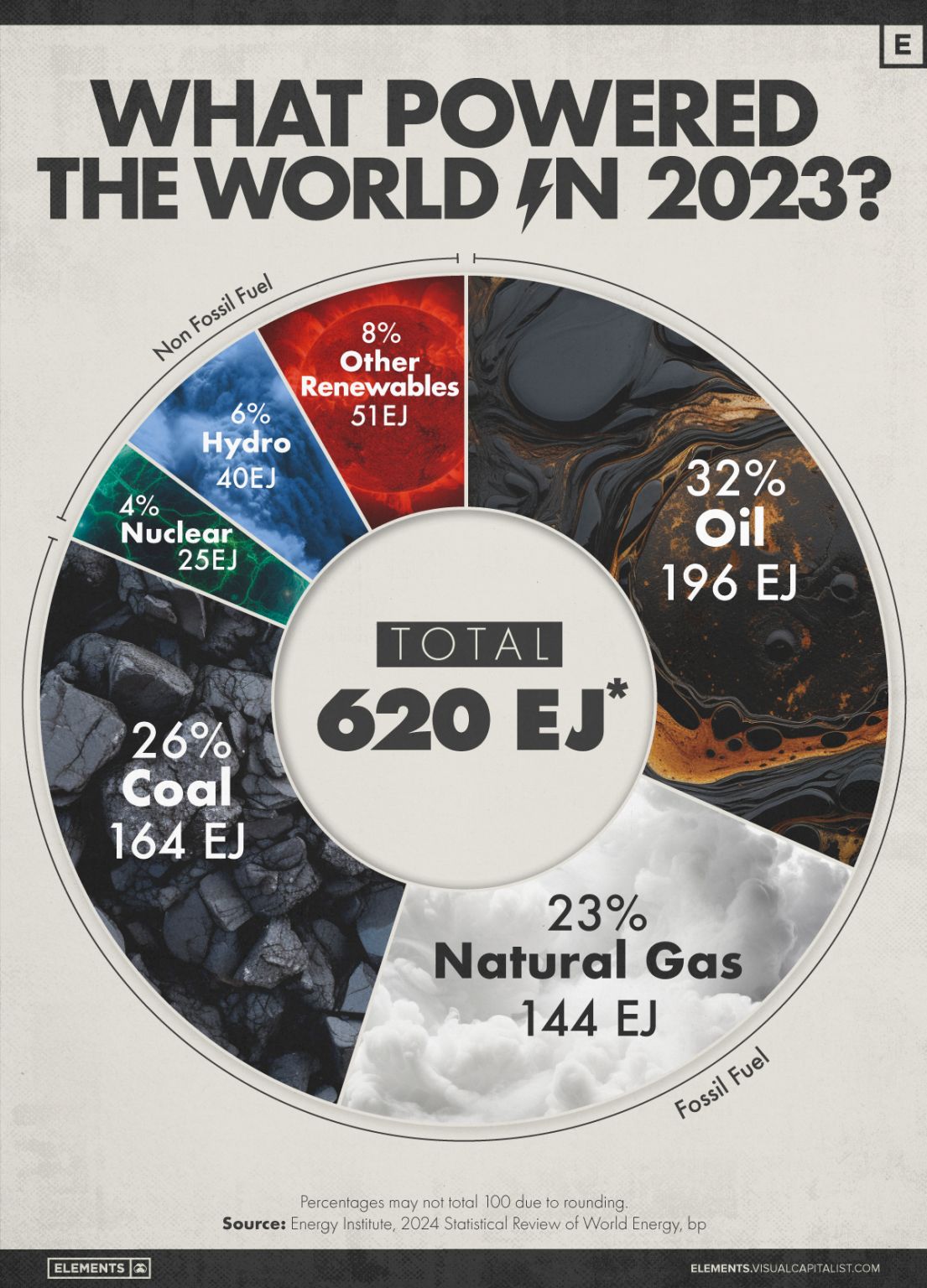
Composition of Coal

The composition of coal varies depending on the type and rank of the coal. Generally, coal is composed of:
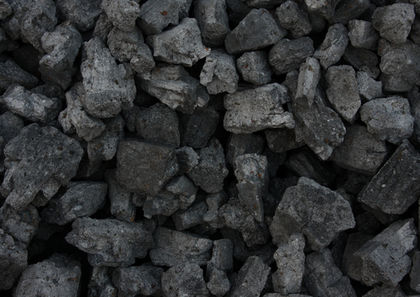
- Carbon: 50-95%
- Hydrogen: 2-5%
- Oxygen: 5-20%
- Nitrogen: 1-2%
- Sulfur: 0.5-5%
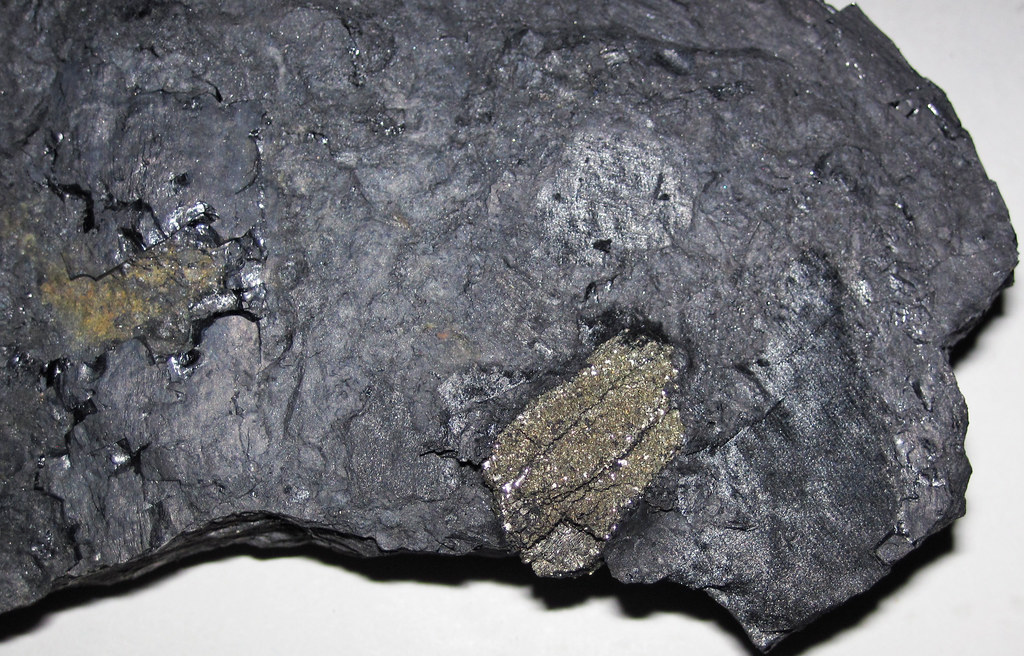

Types of Coal
The USGS recognizes four main types of coal, each with its unique characteristics and uses:
- Lignite: Also known as brown coal, lignite is the lowest rank of coal and is often used for electricity generation.
- Subbituminous: This type of coal is used for both electricity generation and industrial processes.
- Bituminous: Bituminous coal is the most common type of coal and is used for a variety of purposes, including electricity generation, steel production, and residential heating.
- Anthracite: The highest rank of coal, anthracite is used for residential heating, water filtration, and other industrial applications.
In conclusion, coal is a complex and fascinating substance that has played a significant role in shaping human history. From its formation to its various types and uses, coal is an essential component of our daily lives. As outlined by the USGS, understanding the composition, types, and significance of coal is crucial for appreciating its importance in the modern world. Whether you're an enthusiast, a student, or simply curious about the world around you, this comprehensive guide has provided you with a deeper understanding of coal and its role in our lives.
For more information on coal and other geological topics, visit the U.S. Geological Survey (USGS) website.